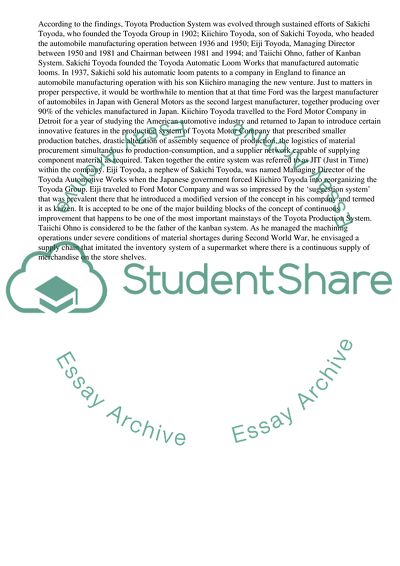Cite this document
(Production System of Toyota Motor Company Research Paper, n.d.)
Production System of Toyota Motor Company Research Paper. Retrieved from https://studentshare.org/business/1731664-industrial-experience
Production System of Toyota Motor Company Research Paper. Retrieved from https://studentshare.org/business/1731664-industrial-experience
(Production System of Toyota Motor Company Research Paper)
Production System of Toyota Motor Company Research Paper. https://studentshare.org/business/1731664-industrial-experience.
Production System of Toyota Motor Company Research Paper. https://studentshare.org/business/1731664-industrial-experience.
“Production System of Toyota Motor Company Research Paper”, n.d. https://studentshare.org/business/1731664-industrial-experience.


